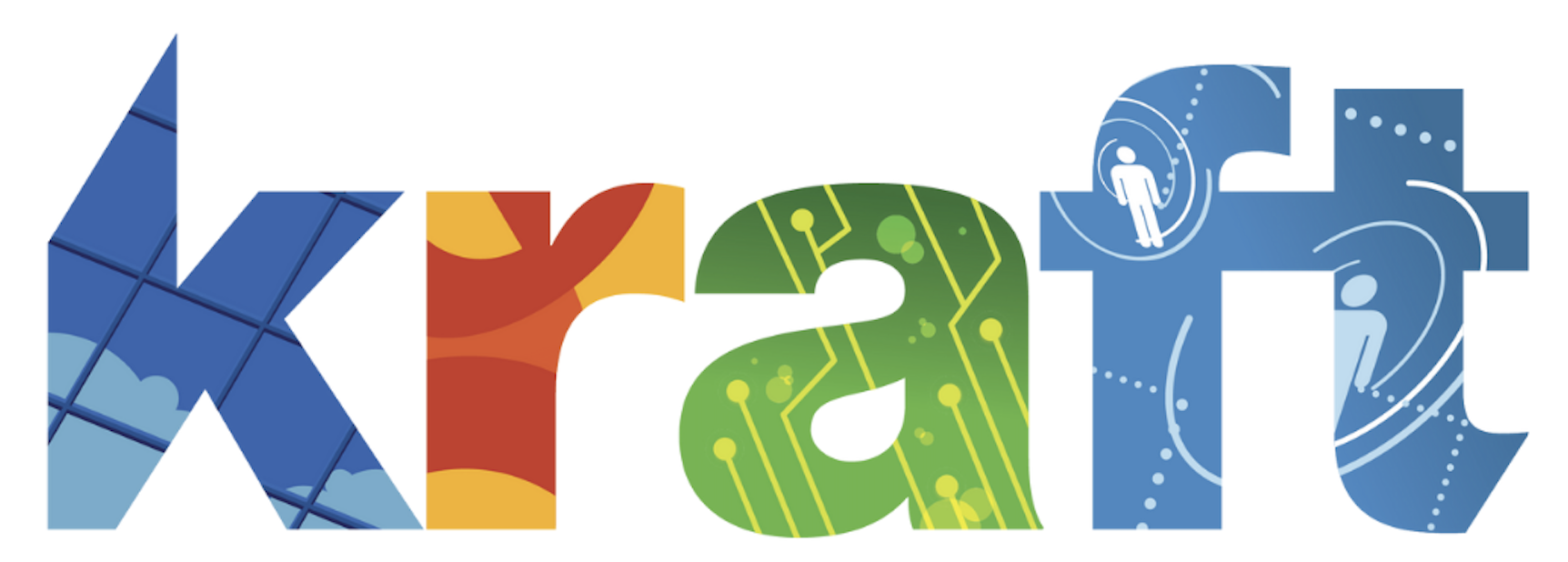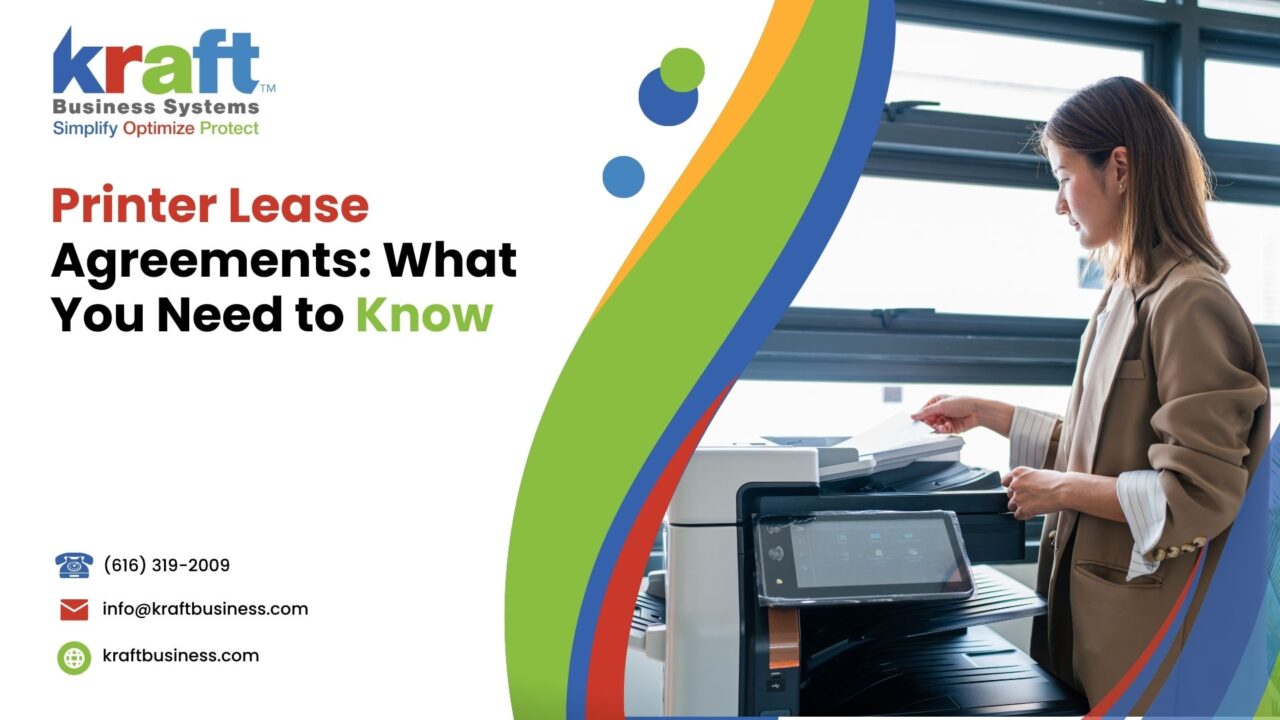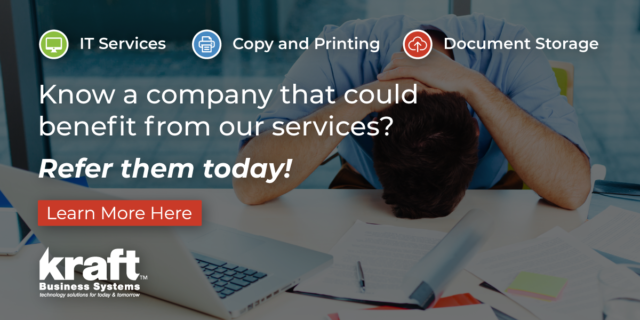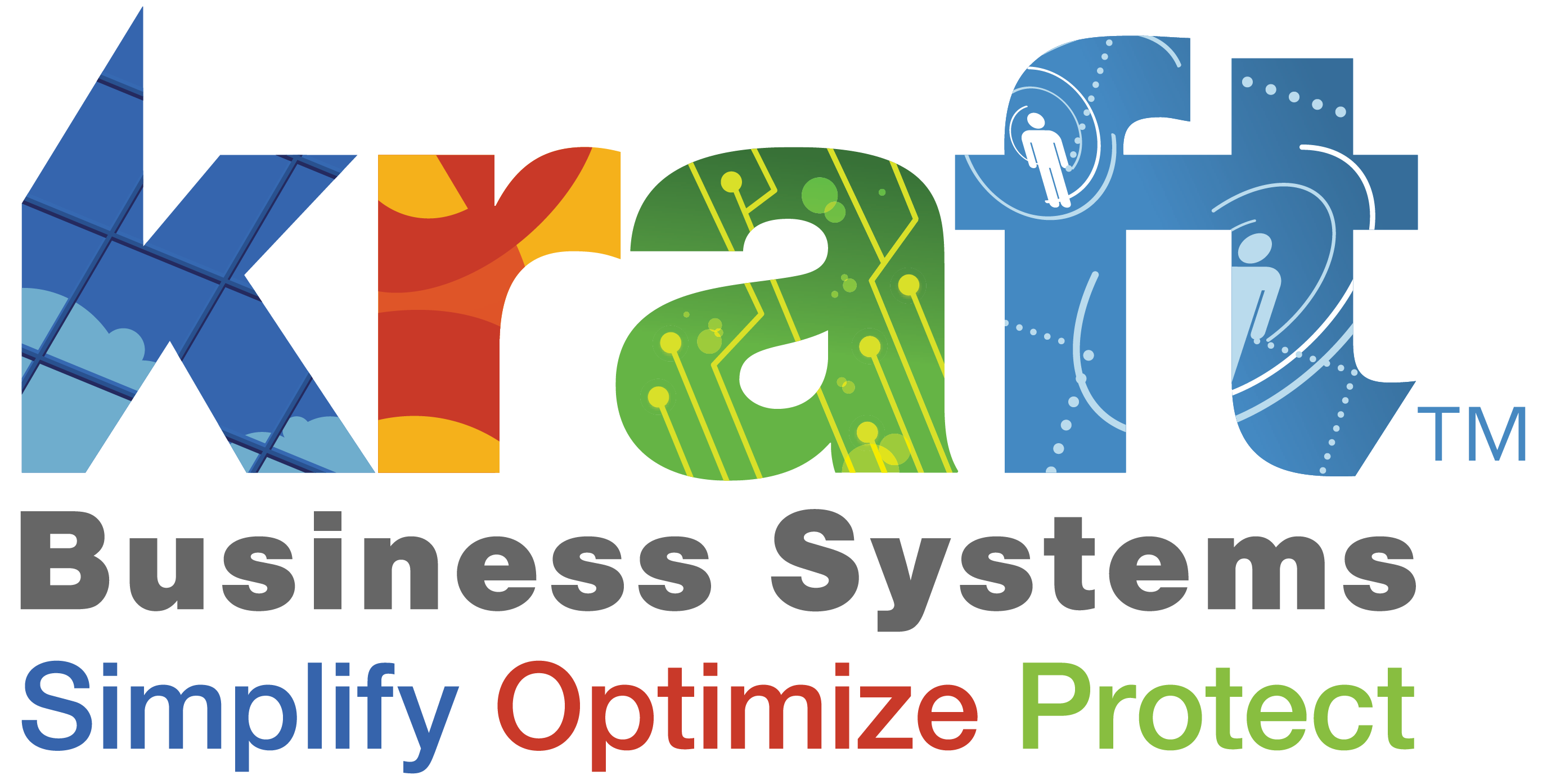Printer lease agreements are contracts allowing businesses to rent printers instead of purchasing them outright. This arrangement is particularly beneficial for businesses needing regular updates in their office equipment. Leasing offers flexibility and ensures access to the latest technology without the heavy upfront costs.
The importance of printer lease agreements cannot be overstated for businesses of all sizes. By leasing, companies can allocate their funds more efficiently, investing in growth areas rather than tying up capital in depreciating assets. This strategy also helps businesses avoid obsolescence since they can upgrade to newer models as technology evolves.
In this article, we will explore the printer lease agreements, including their types, benefits, key components, and common pitfalls to avoid. Additionally, we will compare leasing with purchasing and answer some frequently asked questions to help you make an informed decision.
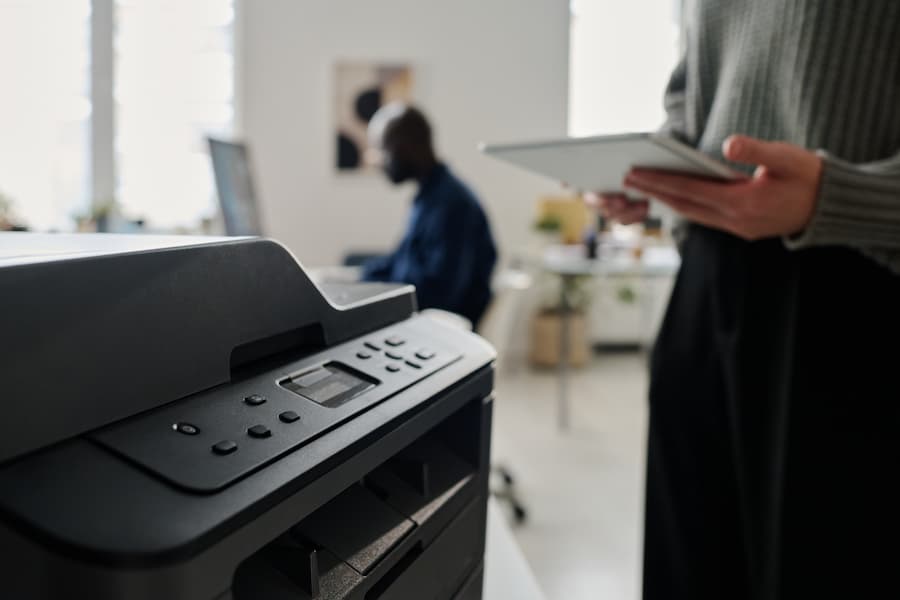
Understanding Printer Lease Agreements
What is a Printer Lease Agreement?
A printer lease agreement is a contract where a business rents a printer from a leasing company for a specified period. Instead of purchasing the printer outright, the business makes regular lease payments for the duration of the lease term. This agreement often includes maintenance and support, reducing the burden on the company’s IT staff.
Types of Printer Lease Agreements
There are several types of lease agreements available, each catering to different business needs. The most common types include:
- Fair Market Value Lease: This type of lease allows the lessee to purchase the printer at the end of the lease term for its fair market value. It is ideal for businesses that prefer lower monthly payments and the flexibility to return or upgrade the equipment.
- Dollar Buyout Lease: In this arrangement, the lessee can purchase the printer for one dollar at the end of the lease. This type is beneficial for businesses that plan to keep the equipment after the lease term ends.
- Operating Lease: An operating lease is a short-term lease where the lessor retains ownership of the equipment. It is suitable for businesses that need printers for a specific project or a short duration.
- Capital Lease: This lease type is similar to a loan. The lessee owns the printer at the end of the lease term. It is ideal for businesses that want to own the equipment eventually but prefer to spread the cost over time.
Benefits of Printer Lease Agreements
Cost Savings
Leasing a printer can lead to significant cost savings for businesses. Instead of a large upfront investment, you make manageable lease payments over time. This financial structure helps preserve your capital and maintain cash flow.
Access to the Latest Technology
By entering into a printer lease agreement, you ensure access to the latest printing technology of latest models such as HP. Leasing allows you to upgrade your equipment regularly, ensuring your business always benefits from the newest features and improvements.
Flexibility and Scalability
Leasing offers unparalleled flexibility and scalability. As your business grows, your printing needs may change. With a lease agreement, you can easily upgrade to more advanced equipment or add additional printers to your fleet.
Maintenance and Support
Most printer lease agreements include a maintenance agreement, which covers repairs and regular servicing. This benefit ensures your printers remain in optimal condition without the hassle of managing maintenance internally.
Predictable Budgeting
Leasing helps with predictable budgeting. With fixed monthly lease payments, you can plan your expenses more accurately. This predictability is crucial for maintaining financial stability and avoiding unexpected costs.
For instance, many businesses find that leasing helps them stay ahead of technological advancements without the financial burden of frequent purchases.
Additionally, a lease agreement can include terms and conditions that provide flexibility, such as automatic renewal options or the ability to upgrade equipment during the lease term. Therefore, considering a printer lease agreement can be a strategic decision for your business.
Key Components of a Printer Lease Agreement

Lease Term Length
The lease term length is the duration of the agreement. Typically, it ranges from 24 to 60 months. A longer lease will have lower monthly lease payments, making it more affordable. However, shorter leases allow for more frequent upgrades.
Monthly Payment Structure
Understanding the monthly payment structure is crucial. Payments can be fixed or variable, depending on the type of lease. A fixed payment structure ensures consistent monthly costs, aiding in budget predictability.
Maintenance and Service Clauses
A comprehensive maintenance agreement is often included in the lease. This clause covers regular servicing and repairs, ensuring the printer operates efficiently. Maintenance agreements reduce downtime and unexpected expenses in copier lease agreement.
Upgrade Options
Upgrade options are vital for businesses needing the latest technology. Some leases allow for equipment upgrades during the lease term. This flexibility ensures your business remains competitive and up-to-date.
Early Termination Fees
Be aware of early termination fees. Ending a lease early can incur significant costs. These fees cover the lessor’s loss from the early termination of the agreement. Therefore, ensure you understand these fees before signing.
End-of-Lease Options
At the end of the lease term, you have several options. You can return the printer, renew the lease, or purchase the equipment. Each option has its own implications. For instance, purchasing the equipment may be beneficial if it still meets your needs and is cost-effective.
Choosing the Right Printer Lease Agreement for Your Business
Assessing Your Printing Needs
Start by assessing your printing needs. Consider the volume of printing, the types of documents, and the required features. This assessment will guide you in selecting the right printer and lease terms.
Comparing Different Lease Options
Comparing different lease options is essential. Look at the types of leases available, such as fair market value leases and dollar buyout leases. Each type has its own advantages and disadvantages.
Evaluating Leasing Companies
Not all leasing companies are created equal. Evaluating leasing companies involves checking their reputation, customer service, and lease terms. Look for reviews and testimonials to gauge their reliability.
Considering the Total Cost of Ownership
Considering the total cost of ownership is crucial. This includes the cost of the lease, maintenance, supplies, and potential upgrade fees. Ensure that the total cost aligns with your budget and financial goals.
Reading and Understanding the Fine Print
Always read and understand the fine print. The lease agreement is a legally binding document. Pay attention to details such as automatic renewal clauses, hidden fees, and the conditions of the lease. This diligence will prevent unpleasant surprises later on.
For instance, some leases include a maintenance agreement separate from your lease payments, while others bundle it together. Therefore, it’s essential to understand what is included to avoid additional costs.
Common Pitfalls and How to Avoid Them
Hidden Fees
Hidden fees can be a major issue. These fees can include charges for exceeding a certain number of prints or additional maintenance costs. Always ask for a detailed breakdown of all potential fees before signing.
Over-Commitment to Long-Term Leases
Over-committing to a long-term lease can be problematic. While a longer lease will have lower monthly payments, it can lock you into outdated technology. Opt for a lease term that balances affordability and flexibility.
Ignoring the Fine Print
Ignoring the fine print is a common mistake. The agreement terms may include clauses that could cost you in the long run. Take the time to review the document thoroughly or seek legal advice if needed.
Not Considering Future Needs
Failing to consider future needs can lead to issues. Your business may grow, requiring more advanced or additional printers. Choose a lease that allows for scalability and future upgrades.
Failing to Negotiate
Don’t hesitate to negotiate the lease terms. Leasing companies are often willing to adjust terms to win your business. Negotiate for better lease rates, favorable maintenance agreements, or flexible upgrade options.
Above all, understanding these common pitfalls and how to avoid them will help you secure a printer lease agreement that best suits your business needs. For instance, a fair market value lease might offer the best flexibility if you anticipate needing newer technology before the lease term ends.
By addressing these components and potential pitfalls, you can make a well-informed decision that aligns with your business objectives and ensures a smooth leasing experience.
Printer Lease vs. Purchase: A Comparative Analysis

Initial Costs
Initial costs are a major consideration when deciding whether to lease or buy a printer. Purchasing a printer requires a significant upfront investment. In contrast, a printer lease spreads the cost over time through monthly lease payments, making it more manageable for businesses with tight budgets.
Long-Term Costs
While leasing has lower initial costs, the long-term costs can add up. Over a longer lease term, the total amount paid might exceed the purchase price. However, this includes the maintenance and support typically bundled with the lease, which can save money in the long run.
Flexibility
Leasing offers greater flexibility. Businesses can upgrade to newer models without the hassle of selling old equipment. In other words, leasing allows for adjustments based on changing needs. On the other hand, purchasing a printer means committing to the same machine until it’s fully depreciated.
Maintenance and Support
Leasing agreements usually include comprehensive maintenance and support. This ensures the printer operates efficiently and reduces downtime. When you buy a printer, maintenance costs are separate, potentially leading to unexpected expenses.
Technology Upgrades
Technology upgrades are simpler with leasing. At the end of the lease term, businesses can easily upgrade to the latest models. However, buying a printer means you might be stuck with outdated technology, unless you invest in new equipment.
A guide to copier lease options can help you understand these differences and make an informed decision. In addition, consider the total cost and benefits of leasing vs. buying for your specific business needs.
What People May Also Ask
What is the typical duration of a printer lease agreement?
The typical lease period for a printer is between 24 and 60 months. The exact duration depends on the leasing company’s terms and your business needs.
Are maintenance and repairs included in the lease?
Yes, most printer leasing agreements include a maintenance agreement. This covers regular servicing and repairs, ensuring your printer remains in optimal condition.
Can I upgrade my printer during the lease term?
Many leases offer upgrade options. This means you can switch to a newer model during the lease term, keeping your technology up-to-date.
What happens at the end of the lease term?
At the end of the lease term, you typically have several options. You can return the printer, renew the lease, or purchase the printer at a predetermined price. The specific options will be detailed in your lease agreement.
Are there any tax benefits to leasing a printer?
Yes, there can be tax benefits to leasing a printer. Lease payments are often considered a business expense, which can be deducted from your taxable income. It’s best to consult with a tax professional to understand the specific benefits for your business.
Conclusion
In summary, printer lease agreements offer numerous benefits, including cost savings, access to the latest technology, and maintenance support. They also provide flexibility and scalability, making them a viable option for many businesses. However, it’s essential to understand the key components and potential pitfalls of leasing agreements to make an informed decision.
By carefully assessing your printing needs and comparing lease options, you can choose a lease agreement that aligns with your business goals. Therefore, consider leasing as a strategic investment to enhance your office productivity and financial stability.
Ready to streamline your office operations in Grand Rapids? Contact Kraft Business System today to explore our comprehensive printer lease agreements and managed print services. Let us help you enhance productivity and reduce costs with our tailored solutions.
